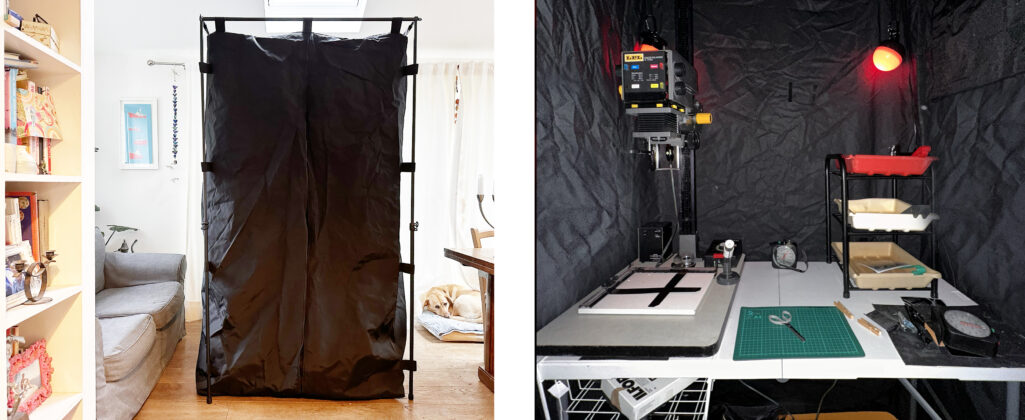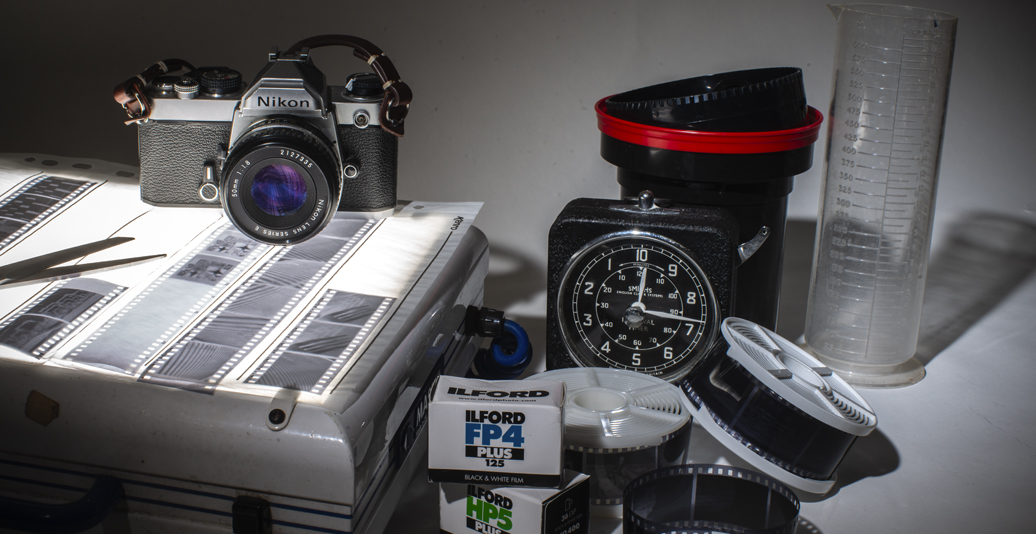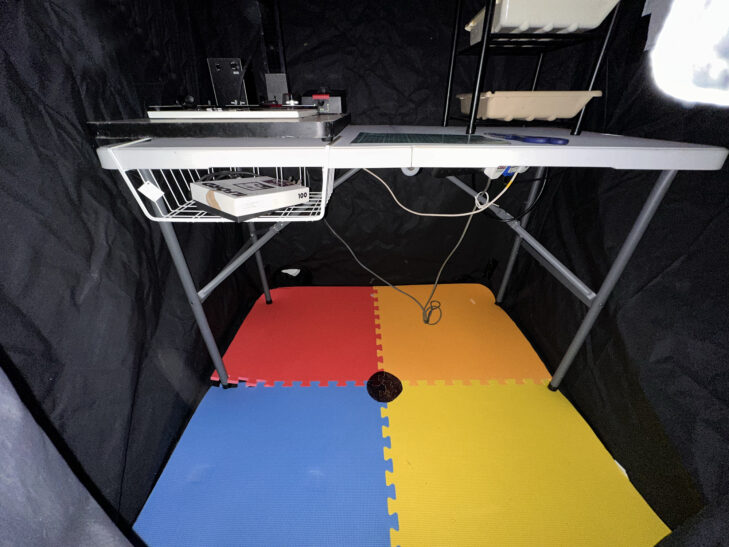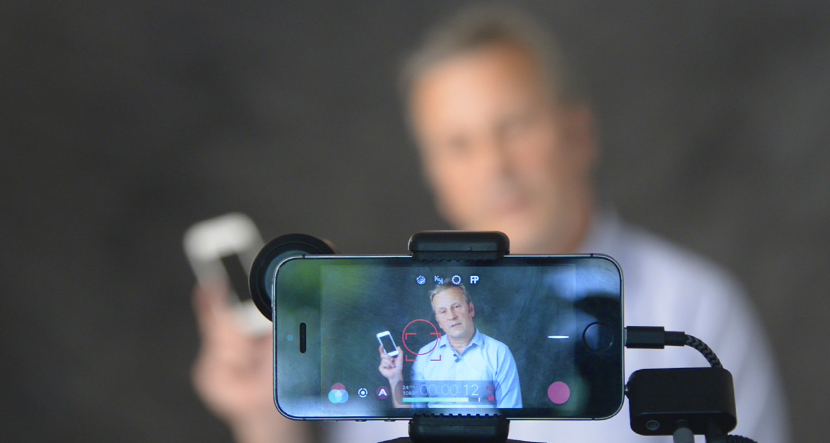Camera-less photography and mobile pinhole workshops and training
Camera-less and pinhole photography workshop
It is possible to produce photographs without the need for a camera. The workshop explores the purest form of photography, recording the unrepeatable shadows and reflections of light rays captured in a darkroom and resulting unique and ‘one-off’ images. This workshop explores photograms, luminograms, water-grams, cyanotypes, paper negatives and other experimental analogue photographic techniques. The results are unique, original and impossible to repeat.
The workshop welcomes anyone who wants to explore analogue photography in its purest form or learn the basic principles of photography and its continued relevance in a world dominated by digital imaging.
You can combine this workshop with a pinhole photography workshop. To deliver the session effectively I normally need an existing darkroom or a room which can be adapted reasonably easily (no windows etc). Alternatively, I can bring my own portable darkroom and equipment which is fine for smaller groups.

Photograms and luminograms washing

6 month pinhole photograph Cheney Court near Bath
Darkroom options
This workshop can be delivered to small groups on site using an existing darkroom or, I can bring a compact and temporary portable darkroom. The workshop can be delivered on-site anywhere in the UK or in my small darkroom near Bath in the UK. All I require to run this workshop on-site is a 240V mains socket and a nearby sink.
Prices for the camera-less photography workshop start at £425 per day for up to 4 attendees.

Nova darkroom tent. Left showing the outside of the tent, right inside tent
For information about my other analogue photography and darkroom workshops, click here

‘Broken bones and brake lights’ photogram with road debris

A photogram ‘ or watergram’ of ripples in water.
















